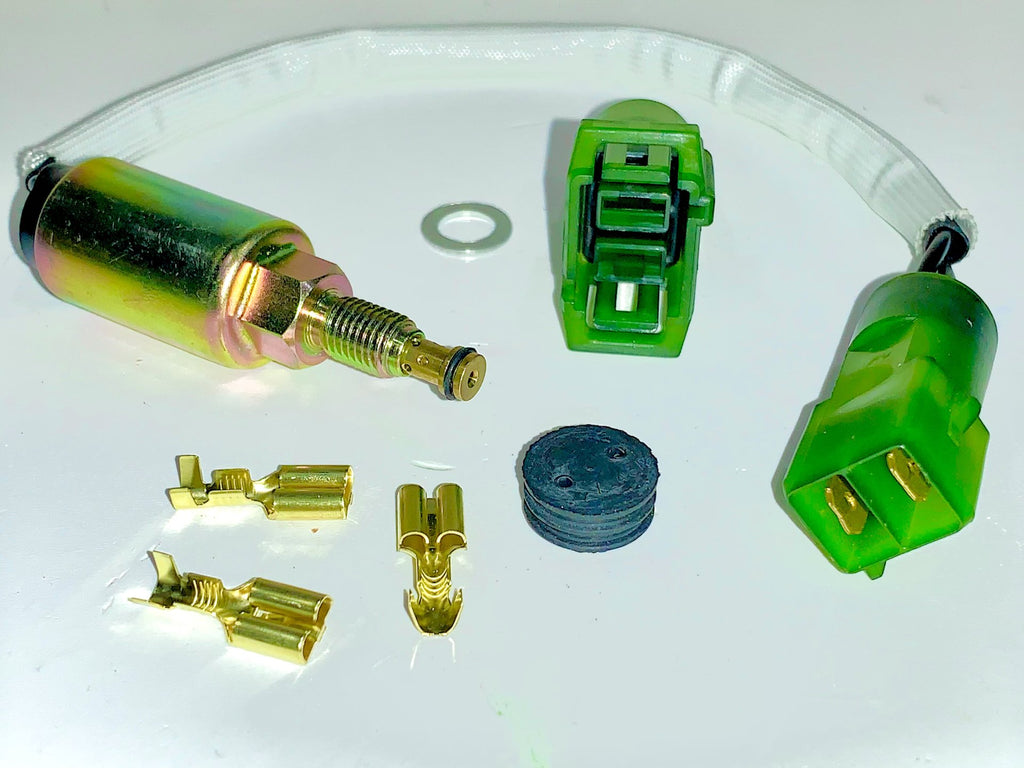- Thread starter
- #21
Thank you for the reply, there are two wires, one is hidden by the angle. The unit energizes when the ignition is turned on, and stays energized as confirmed by a voltmeter at the leads.@GatorPlater
i see ONLY 1 wire coming from your device side 21062-61060 fuel cut solenoid green connector ?
if you or a PO installed a single wire Varity or this wire has been severed ?
if im correct , this may be a smoking gun and eazy peezy to remedy with the correct replacement parts above i mention to confirm and verify first ?
View attachment 3050193


